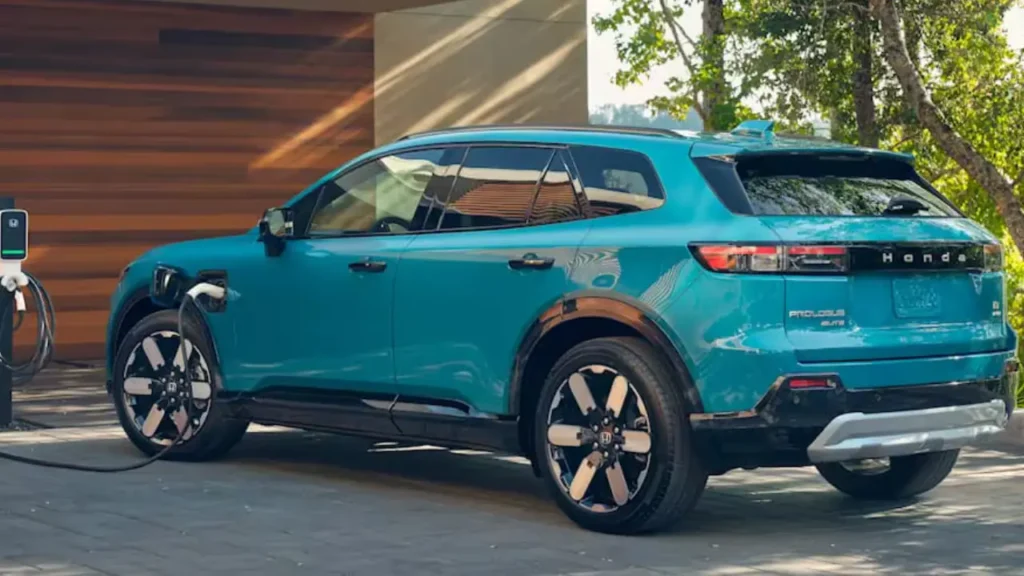Table of Contents
Regular car maintenance is essential to keep your vehicle running smoothly, ensure your safety, and extend its lifespan. Neglecting routine care can lead to costly repairs and even premature vehicle failure. This guide will walk you through the key aspects of car maintenance, offering tips to help you get the most out of your vehicle.
1. Follow the Manufacturer’s Maintenance Schedule
Your car’s owner’s manual is your best friend when it comes to car maintenance. It provides a detailed schedule for oil changes, tire rotations, brake inspections, and other services tailored to your specific vehicle. Stick to this schedule to avoid unnecessary wear and tear.
2. Regularly Check and Change the Oil
Oil is the lifeblood of your engine. It lubricates moving parts, reduces friction, and helps keep the engine cool.
- Check oil levels monthly: Use the dipstick to ensure the oil level is within the recommended range.
- Change the oil as recommended: Typically every 3,000 to 7,500 miles, depending on your car and oil type (conventional or synthetic).
- Replace the oil filter with every oil change to ensure clean oil circulates through the engine.
3. Keep an Eye on Fluid Levels
Your car relies on several fluids to operate efficiently. Regularly check and top off:
- Engine coolant: Prevents overheating.
- Brake fluid: Ensures proper braking performance.
- Transmission fluid: Keeps the transmission running smoothly.
- Power steering fluid: Helps with easy steering.
- Windshield washer fluid: Keeps your windshield clean for visibility.
4. Inspect and Rotate Tires
Tires are critical for safety and performance.
- Check tire pressure monthly: Use a tire pressure gauge to ensure they’re inflated to the recommended PSI (found in the owner’s manual or on the driver’s side door jamb).
- Rotate tires every 5,000 to 7,500 miles: This ensures even wear and extends tire life.
- Inspect tread depth: Use the penny test—insert a penny into the tread with Lincoln’s head upside down. If you can see the top of his head, it’s time for new tires.
- Align wheels annually: Misaligned wheels can cause uneven tire wear and poor handling.
5. Replace Air Filters
Air filters prevent dirt and debris from entering the engine and cabin.
- Engine air filter: Replace every 15,000 to 30,000 miles, or as recommended.
- Cabin air filter: Replace every 12,000 to 15,000 miles to maintain air quality inside the car.
6. Test and Maintain the Battery
A dead battery can leave you stranded.
- Check battery terminals: Clean any corrosion with a baking soda and water solution.
- Test the battery: Most auto parts stores offer free battery testing.
- Replace the battery every 3–5 years: Batteries lose efficiency over time.
7. Inspect Brakes
Brakes are vital for safety.
- Listen for unusual noises: Squeaking or grinding sounds may indicate worn brake pads.
- Check brake fluid levels: Low levels can affect braking performance.
- Inspect brake pads and rotors: Have them checked during routine maintenance or if you notice reduced braking power.
8. Keep the Exterior and Interior Clean
Regular cleaning isn’t just about aesthetics—it also protects your car.
- Wash and wax the exterior: Removes dirt and prevents rust.
- Clean the interior: Vacuum seats and carpets, and use protectants on surfaces to prevent cracking.
- Protect against the elements: Use a car cover if parking outside for extended periods.
9. Monitor the Exhaust System
A healthy exhaust system is essential for performance and emissions control.
- Listen for unusual sounds: Rattling or loud noises may indicate a problem.
- Check for rust or damage: Inspect the exhaust system for leaks or corrosion.
- Address the check engine light: It could indicate an issue with the exhaust or emissions system.
10. Replace Wiper Blades
Worn wiper blades can reduce visibility in bad weather.
- Inspect blades every 6 months: Look for cracks, tears, or streaking.
- Replace as needed: Typically once a year or when performance declines.
11. Pay Attention to Warning Lights
Modern cars are equipped with sensors that alert you to potential issues.
- Don’t ignore warning lights: Check the owner’s manual to understand what each light means.
- Address issues promptly: Delaying repairs can lead to more significant problems.
12. Drive Responsibly
Your driving habits have a significant impact on your car’s longevity.
- Avoid aggressive driving: Rapid acceleration and hard braking increase wear and tear.
- Warm up the engine: Especially in cold weather, let the engine run for a minute before driving.
- Avoid overloading: Excess weight strains the engine, transmission, and suspension.
13. Store Your Car Properly
If you’re not using your car for an extended period:
- Keep it covered: Protect it from dust, moisture, and pests.
- Use a battery maintainer: Prevents the battery from dying.
- Inflate tires to the correct pressure: Prevents flat spots.
14. Invest in Professional Inspections
Even if you’re diligent about maintenance, a professional mechanic can spot issues you might miss.
- Schedule annual inspections: A thorough check-up can catch problems early.
- Address recalls promptly: Manufacturers issue recalls to fix safety or performance issues.
15. Keep Records of Maintenance
Documenting all maintenance and repairs can help you:
- Track service intervals: Stay on top of upcoming maintenance.
- Increase resale value: A well-documented service history makes your car more attractive to buyers.
- Identify recurring issues: Spot patterns that may indicate underlying problems.
Final Thoughts
Regular car maintenance is an investment in your vehicle’s longevity, safety, and performance. By following these tips and staying proactive, you can avoid costly repairs, improve fuel efficiency, and enjoy a smoother driving experience. Remember, a well-maintained car not only saves you money in the long run but also ensures peace of mind on the road.
Happy driving! 🚗
Related Articles
- Yamaha RX 100: The Legendary Bike That Redefined Indian Roads
- Top 10 Most Fuel Efficient Cars of 2025
- The All New Skoda Kodiaq: Redefining Luxury and Performance in the SUV Segment (2025)
- TVS Apache RTR 160 vs TVS Apache RTR 310: Which One Should You Choose?
- TVS Raider 125: The Ultimate 125cc Commuter Bike for the Modern Rider (2025)
- The New Tata Safari: A Perfect Blend of Heritage and Modernity
- New Mahindra Bolero: Redefining Toughness and Reliability in 2025
- Honda Activa 7G: Revolutionizing the Scooter Industry (2025)
- Bajaj Platina 110: The Ultimate Commuter Bike for Indian Roads (2025)
- Tata Sumo: A Legend of Indian Roads (2025)
- Hero Splendor Plus: The Ultimate Guide to India’s Most Loved Bike (2025)
- New TVS Jupiter: The Perfect Blend of Performance and Style (2025)
- Kia Syros: A Comprehensive Guide to Kia’s Latest SensationKia Syros
- Tata Sierra: A Comprehensive Review of the Iconic SUV (2025)
- Hero Xoom 160: A Complete Review, Features, and Performance (2025)
- Kawasaki Ninja 500: Ultimate Review, Features, and Performance (2025)
- Best Tyre Brands in India (2024)
- Best EV Cars in India (2024)
- Best Electric Bike in India (2024)
- Best Electric Bicycles in India (2024)
- Best Gear Cycle Under 10000: A Comprehensive Guide












